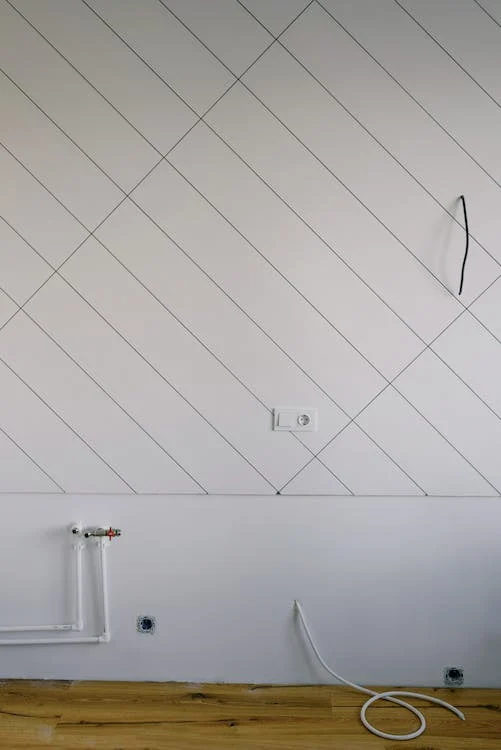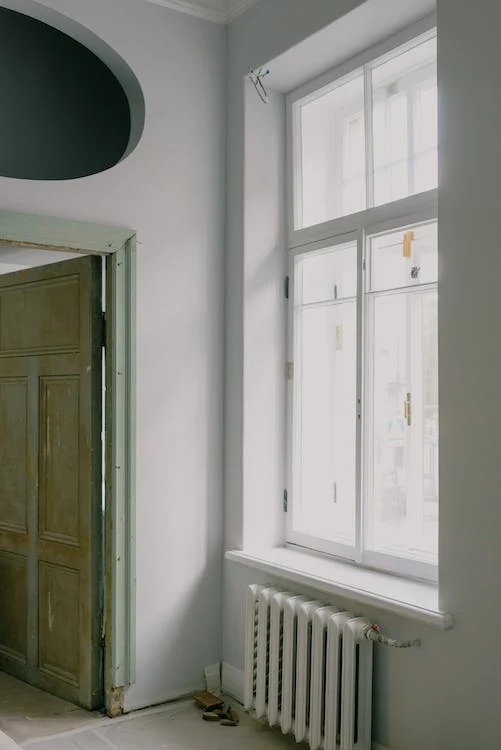Which Gas Heating System to Choose
It is not without reason that gas heating is the most widespread in Canadian homes. Not very expensive, easy and clean to use, the gas heating system can also be versatile since the same energy can also be used for domestic hot water or as a backup for solar heating.
Which homes in new construction or renovation can receive a gas heating system? Which heating system to choose, radiators, underfloor heating, or heated ceiling? Which gas to choose for your heating installation, gas in a tank, butane, or propane in bottles?
Our article will answer all these questions.
Gas heating installation: new or renovation?

Gas heating is necessarily heating by the fluid carrier. That is to say that a gas boiler heats the water contained in a circuit intended explicitly for heating. Once heated, the water is circulated in the circuit to transmit its calories to one or more diffusers used to heat the rooms.
There are 2 categories of heat diffusers: radiators and wall heaters.
Radiators

A classic of central heating systems, radiators diffuse the heat transmitted by the water that passes through them.
There are 2 types of radiators for central heating:
– Hot water radiators are those of an old installation (cast iron radiator) or more modern models made of steel alloy, which can be designed, even very aesthetic. These radiators can be purchased for new construction or kept when renovating an existing installation.
– Low-temperature radiators are more modern in design, often made of aluminum in various shapes and designs. They can be installed in new construction or replace hot water radiators while keeping the existing circuit during a renovation.
Heated walls
The heat is diffused through a wall in which a network of heating pipes, generally made of cross-linked polyethylene, has been embedded during construction.
We distinguish:
– Underfloor heating, or floor heating: this is the most common solution, where the low-temperature heating network is deployed on the slab before being covered by its finishing plaster. In new construction, the installation of a heated floor is quite expensive in renovation unless the slab is to be redone or raised.
– Ceiling and wall heating use the same principle, but the low-temperature heating network is then embedded in the ceiling or walls. Accessible in new construction but complex in renovation unless the installation of new walls or an extension has been considered.
Note: the gas boiler must be compatible with the mode of heat distribution: either hot water or low temperature.
Boilers for gas heating
The principle of a gas boiler is always the same: gas is the fossil energy that is burned in the boiler, and the combustion of gas produces heat transmitted to the water of the heating circuit and possibly to the sanitary water (directly or via a tank).
Different types of boilers
The type of gas boiler to be used depends on the type of heat distribution in the home:
– Hot water gas boilers: these are the traditional gas boilers, which generally heat the central heating water around 55 ° C for diffusion in traditional radiators. This is the classic case of wall-mounted gas boilers, which often produce domestic hot water and are more commonly installed in renovation than in new construction.
– Low-temperature gas boilers: they are designed to heat water from the heating system to a lower temperature for distribution to low-temperature radiators (< 50 °C) or underfloor heating, ceiling heating or a heating wall (< 28 °C). These boilers must generally be coupled with a domestic hot water production system. Preferred in new installations, this is a reasonable solution for renovation, but it requires choosing diffusers adapted to low-temperature heating.
Good to know: whatever the boiler, it must be chosen with the power required for the desired heating.
Additional functions and peripherals
The gas heating systems can be equipped with various functions and peripherals at the time of construction or as a complement:
– The condensing gas boiler: the condensing device consists of recovering the water vapour created by the combustion, then condensing it before heating it in a different heating body generally located on the cold water return and fed in temperature by the gases and fumes of the combustion. These condensing boilers are more economical and more ecological than traditional boilers. The condensing gas boilers with very high energy performance are eligible for aid for energy renovation (reduced VAT, etc. …). Almost unavoidable in new buildings, the condensing boiler often replaces the traditional boiler in a renovation.
– Dual-energy or hybrid heating systems: combine the gas boiler with a device using renewable energy:
◦ Solar and gas heating installations: thermal solar panels recover the sun’s energy from heating the water of a low-temperature heating circuit. The gas boiler then provides only the heating backup (relief).
◦ Gas heating systems and heat pump: a heat pump (geothermal or aerothermal) draws calories from the ground or air and transmits them to the low-temperature heating circuit. The gas boiler is only used for heating backup or even hot water production, but it can also be provided by solar energy or the heat pump of a thermodynamic tank.
Which gas for your heating system?
There are 2 types of gas to feed a gas boiler: natural gas and propane gas. Most gas boilers easily accept one or the other gas provided they have been adjusted for it during manufacture or installation.
– Natural gas or network gas is the gas that is distributed in a specific network to which the dwelling is connected. This gas type is the most common in collective housing and cities.
– Propane gas or LPG (liquefied petroleum gas) is gas that is stored either in an individual tank to be filled by a distributor or in cylinders to be replaced by oneself or by a distributor.
Installing or renovating your gas heating system
The first piece of advice: whether you want to install a gas heating system in a new building or renovate an existing central heating system, the first call on a professional for an estimate.
The second piece of advice is just as important: a professional may be a distributor or follower of one brand more than another. So, compare (especially on the Internet) the equipment prices according to the brand, the models and their performance, then negotiate them before accepting any estimate.

